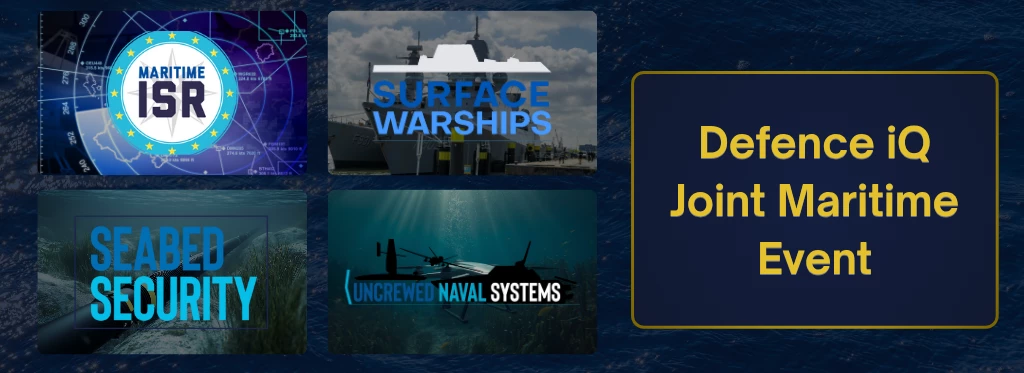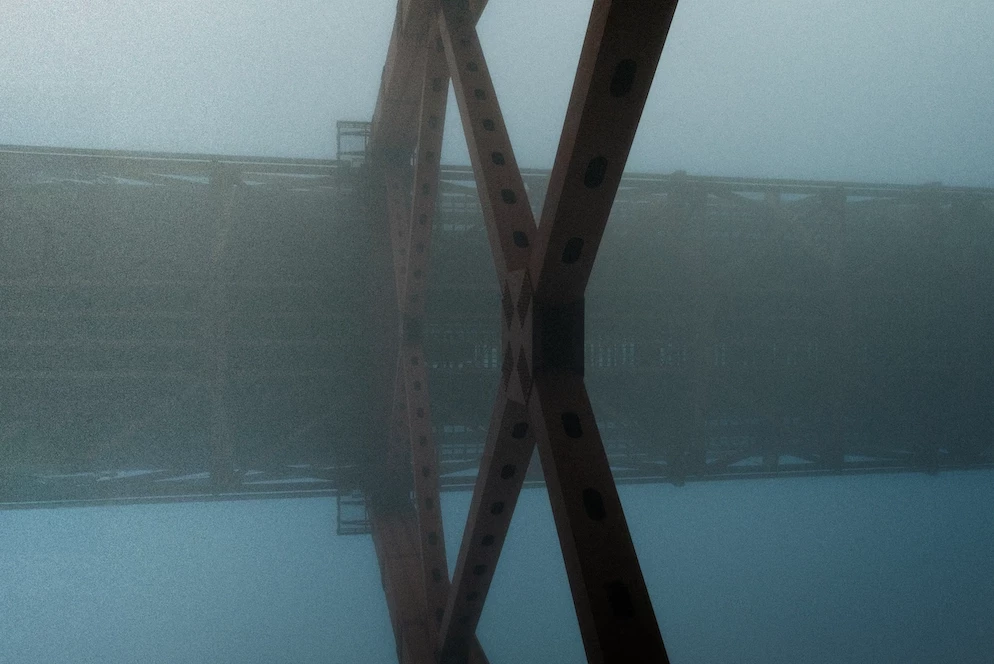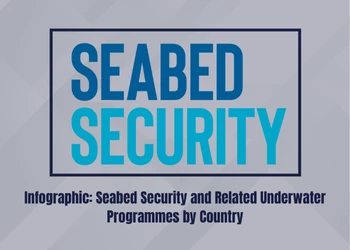How to get buy-in for Oceanographic Survey Vessels: An Italian Case Study
Add bookmarkAhead of the Oceanographic Survey Vessel (OSV) conference in London this June, Defence IQ sought out Captain Luigi Sinapi, the Italian National Hydrographer, to understand more about why these multi-role platforms are in such high demand. And, more crucially, how navies and maritime authorities can get buy-in from those who hold the purse strings to invest in new OSV platforms and capabilities.
Captain Sinapi is the Director of the Istituto Idrografico della Marina (IIM) (Navy Hydrographic Institute), and is responsible for defence-based situational awareness and maritime operations support, for safety and quality of navigation, international partnering, technical standards, capacity building and external relations. Since February this year he has also been the chief of a Hydro-Oceanographic Office at the Navy General Staff in Rome, directly under the Chief of the Italian Navy. This new position allows for a direct link between the operational branch (OSVs), the technical-scientific branch (Istituto Idrografico della Marina) and the policy branch (Navy General Staff) in the hydro-oceanographic field.
Italy currently operates three OSVs but these are due to be retired in the 2020s. As Italy seeks to boost its oceanographic and hydrographic capabilities there are now plans in place to replace these vessels, starting with the Magnaghi survey vessel. We asked Captain Sinapi to explain more about Italy’s procurement plans and how this process will develop over the next few years.
“The procurement plans for OSVs and similar vessels are included into Italy’s overall defence procurement plan,” he said. “This plan is articulated into specific parts that are dedicated to the individual Armed Forces.
“In the Navy, the general procurement plan includes the OSV programme and those related to similar assets, for example auxiliary ships.
“The procurement plan is also part of a wider short-term (3 years), mid-term (5-8 years) and long-term (up to 15 years) plan, in which single programmes are budgetary quoted and temporarily spread. So far, the OSVs and similar vessels have been entirely financed by the Defence budget.
“Due to the real duality (military and civilian role) of the OSVs, during the last few years the Italian Defence Department has been exploring other forms of financing, involving other national ministries – including Research and Development, Environment, etc. – and European co-financings.
[inlinead]
“This strategy has already been adopted for the Magnaghi survey vessel where the Ministry for the Environment financed part of the ship. This strategy is particularly important at this time because of the spending review.”
But how will the new vessels differ from the ones already in operation? Why was it important to upgrade these platforms?
“With the entry of two catamarans – the Ninfe Class – at the beginning of 2000, the Italian Navy renovated the littoral and coastal part of its survey fleet,” said Captain Sinapi. “The catamarans, Aretusa and Galatea, replaced old mine-sweepers converted into survey vessels and they are kept up to date with state of the art equipment.
The new major survey ship will be the natural replacement of the Magnaghi and will be used mainly for offshore activities but it will be more oriented to the oceanographic field and will operate in a larger area, i.e. the so called wider Mediterranean Sea, with Regional Environmental Assessment (REA) capabilities.”
How to get buy-in?
Getting buy-in for vessels is essential – how did the Italians achieve this? According to Captain Sinapi, there are four important reasons why governments need to invest in these capabilities:
- To populate the geo-database and to keep the official nautical documentation (digital and traditional charts and publications) up to date.
- To provide a military environmental rapid-response in oceanographic, hydrographic and geographic fields.
- To cooperate with national and international Entities in the various sectors of research at sea.
- To guarantee an efficient national public service and a valuable contribution to the International Hydrographic Community.
Reason number one is particularly urgent to accommodate the ever changing requirements of vessels such as Very Large Crude Carriers, new types of containerships and other similar vessels.
One of the main drivers behind the increased demand for OSVs is the range of multirole capabilities they offer. With budgets tightening and the threat landscape becoming broader and more complex, navies are increasingly seeking platforms that can perform more than one function in multiple environments. It’s about ‘more bang for your buck’ in stretched financial times. For OSVs, these multirole capabilities include collecting military hydrographic and oceanographic data to support surface warfare, submarine operations, mine warfare, anti-submarine warfare, and amphibious operations. The fact Italy is using them as military-civilian dual use platforms further broadens their appeal and value for money.
And when funds are tight, getting value for money becomes exponentially more important.
“I would like to stress the role played by the Italian Navy in the field of scientific research in a time of global recession,” Captain Sinapi insisted.
“Financial cuts have strongly affected national research centres and universities, and dramatically reduced the numbers of research ships. In this dire context, our dual-use approach with vessels is the only way to ferry research to hopefully better times.”
Captain Sinapi is attending the inaugural Oceanographic Survey Vessels conference (7 - 9 June, 2016 in London, UK), which is the only event designed specifically for a naval audience. “I feel it is crucial for the IIM to be part of the international community and share know-how and policies. This is why I have decided to attend and present the Italian Survey fleet and its capabilities,” he said. Meet Captain Sinapi and other leading military authorities at OSVs in June – find out more about the event overleaf.






















